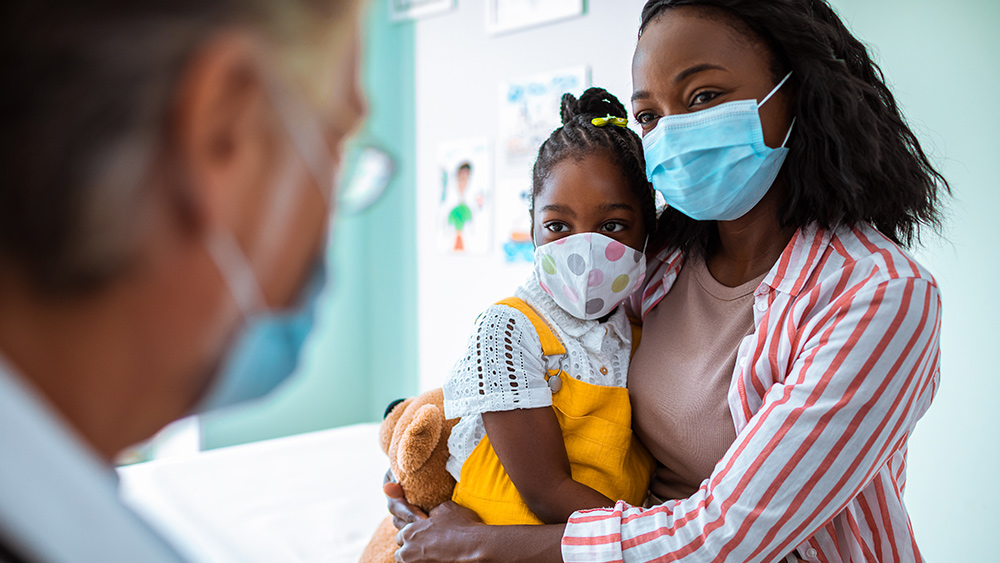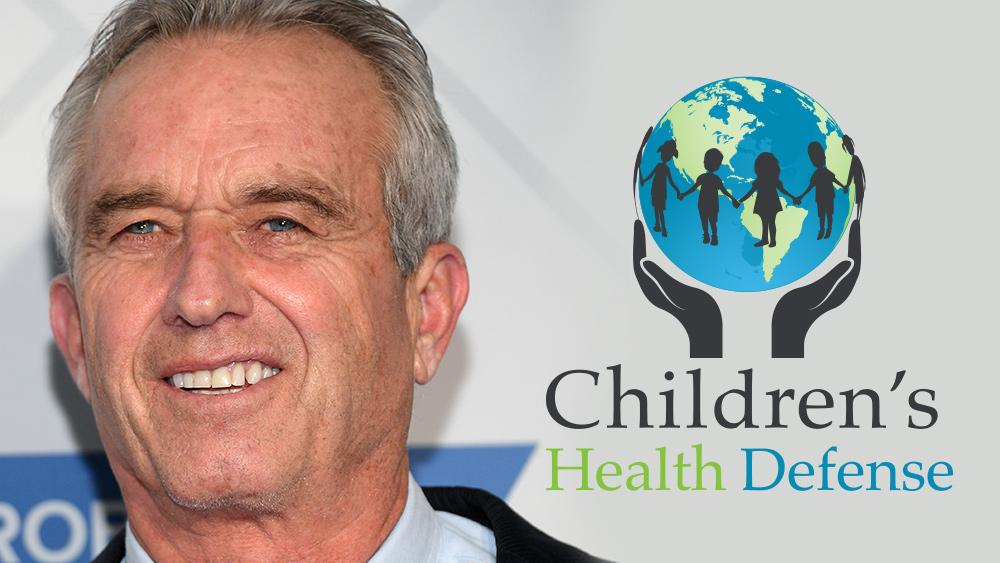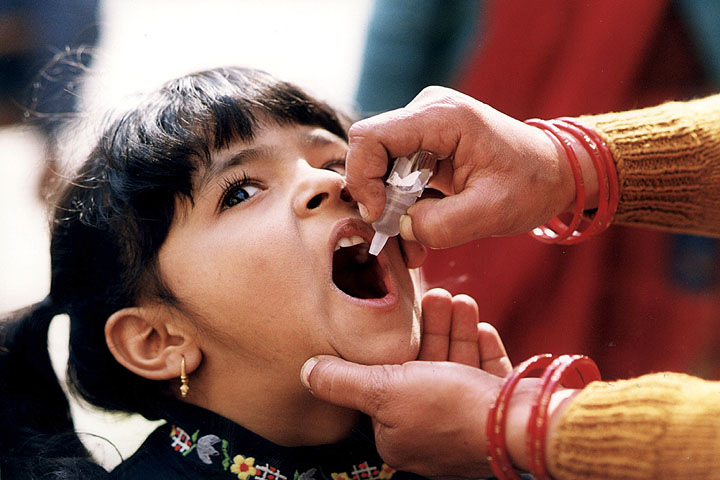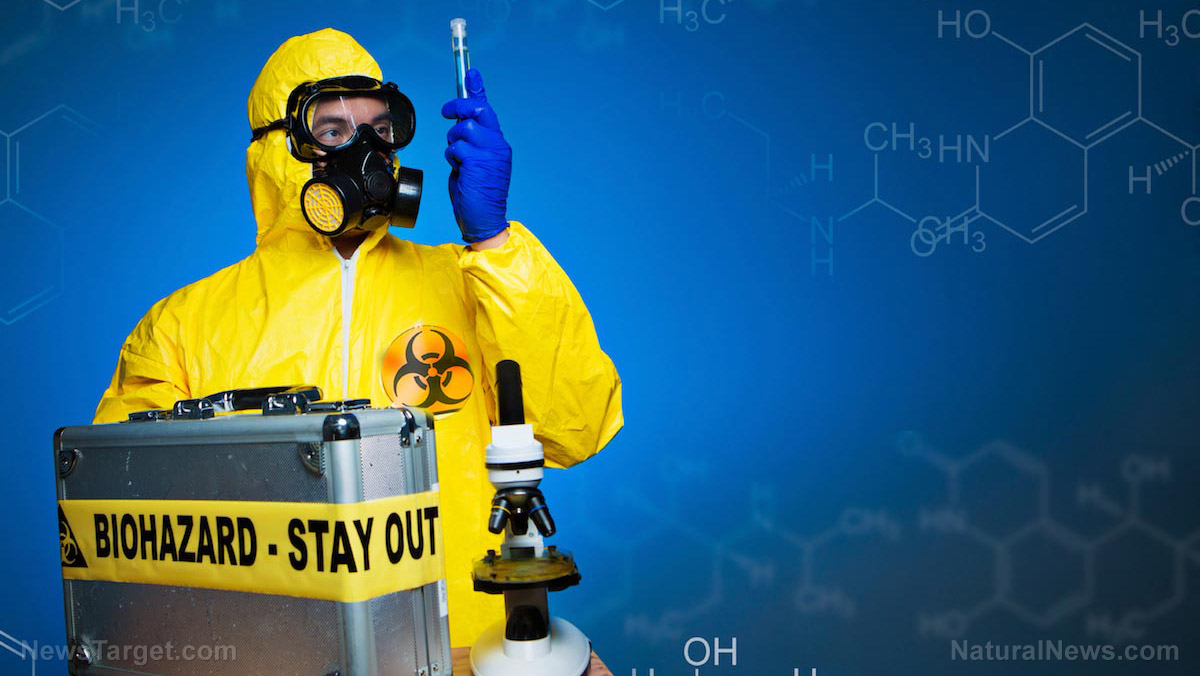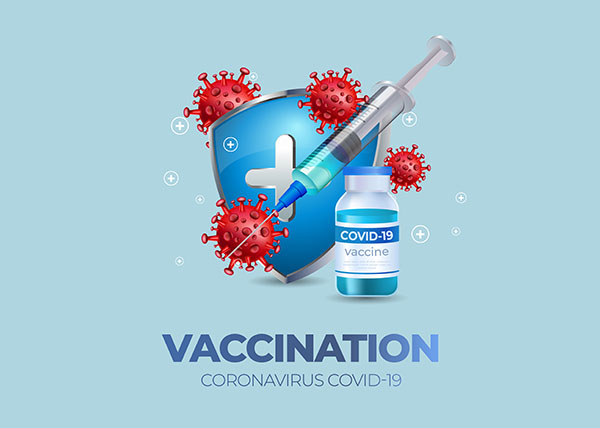CDC report: More teens are turning to drugs to deal with stress, anxiety and depression
02/22/2024 / By Olivia Cook
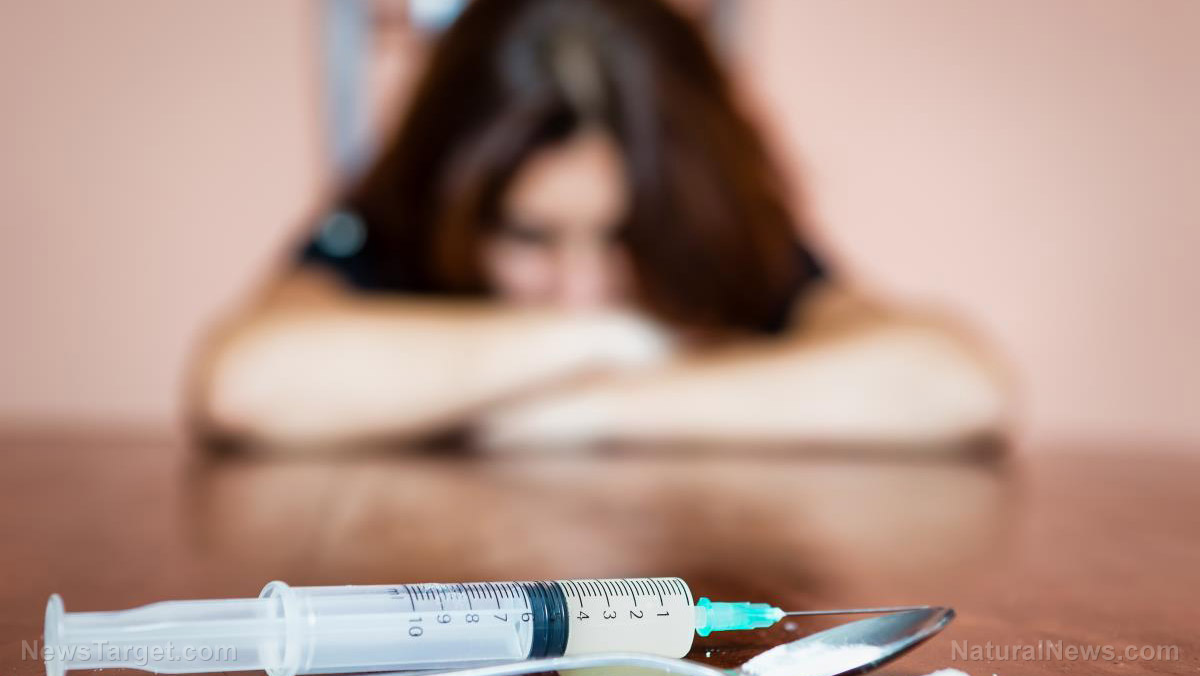
Teenagers with suspected substance use problems say they turn to drugs because of a crushing need to escape their worries and relax – often while alone, according to research published by the Centers for Disease Control and Prevention (CDC).
“It might make sense that teens are looking for ways to reduce stress and anxiety because those conditions, including unprecedented levels of hopelessness, are often linked to substance abuse in adolescents,” said CDC Division of Overdose Prevention Epidemic Intelligence Service Officer Dr. Sarah Connolly, lead author of the new report.
Said to be “the first of its kind,” Connolly’s study was based on data from the National Addictions Vigilance Intervention and Prevention Program. The report focused on nearly 16,000 assessments from teens ages 13 to 18 and their responses to online questions about their motivation to use various substances, including alcohol and marijuana.
According to the data, 73 percent of respondents said they use substances to “feel calm, mellow and relaxed.” Fifty percent remarked they use substances to have fun or experiment. Forty-four percent stated they use drugs, such as marijuana, as sleep aids.
Forty-four percent indicated that drugs helped them to “stop worrying about a problem” or to “forget bad memories.” Finally, forty percent of respondents noted they take drugs to “cope with depression or anxiety.”
In addition, most respondents mentioned that they used substances with friends while half of the respondents, who said they “misused” prescription drugs in the past 30 days, said they took the substances when they were alone.
Researchers in a study published in Pediatrics suggested that students who report using prescription drugs without a doctor’s prescription are more likely than other students to have been the victim of physical or sexual dating violence.
Majority of teenagers who abuse substances also have mental health problems
Dr. Lesie Walker-Harding, chief academic officer and senior vice president at Seattle Children’s Hospital, was not surprised by the study’s results, noting that 75 percent of youths with substance abuse disorders also have mental health conditions. (Related: Anti-anxiety, sleep medications increase likelihood of drug abuse – Relieve anxiety and get sleep naturally.)
“We know that the two go together,” she commented. “If you have a kid who you think might not be using very much, but say they’re using to feel less depressed or to stop worrying, that’s a really big warning sign [that they need help].”
The study’s findings are also consistent with previous research done on the subject of teenage substance abuse and its link to anxiety, depression and other mental health concerns. This growing body of research all points to an ongoing need for better mental health services that target kids.
National Institute on Drug Abuse Director Dr. Nora Volkow noted that it is important to get to the root of why teens use or misuse drugs so that the right resources and educational services can be used to help them.
“Early prevention interventions are crucial to support teens who may turn to drug use to cope with stress, anxiety or depression,” wrote Volkow in an email.
Learn about natural ways to deal with anxiety and depression at BeatDepression.news.
Watch this video and learn what helped Irish college student Saul Whelan when she had to deal with “teenage anxiety” in high school.
This video is from the Daily Videos channel on Brighteon.com.
More related stories:
Poll: Majority of American teens ANXIOUS about their future and DISILLUSIONED by politicians.
Less drama and fewer distractions: Minnesota middle school students happier after smartphone ban.
Meta intentionally got children and teens ADDICTED to social media to exploit them for profit.
Social media use linked to TEENAGE DEPRESSION, warn mental health experts.
America has one of the highest depression rates in the world.
Sources include:
Submit a correction >>
Tagged Under:
addiction, adolescents, beat depression, CDC, depression symptoms, mental health, mind, psychology, real investigations, stress, substance abuse, teenage anxiety, teenage depression, teenagers, trauma, youth
This article may contain statements that reflect the opinion of the author
RECENT NEWS & ARTICLES
COPYRIGHT © 2017 CDC NEWS




